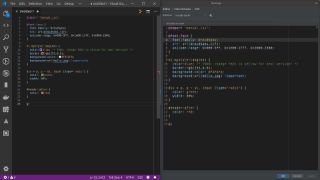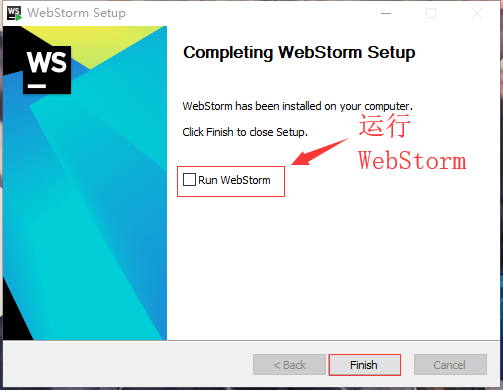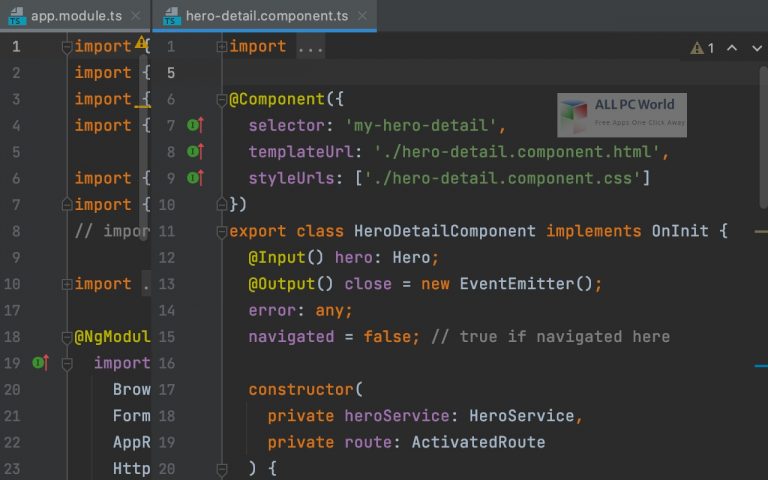
In the Project tool window, this scope corresponds to the Tests view. Project Test Files: includes files from test sources roots. In the Project tool window, this scope corresponds to the Production view. Project Production Files: includes all files within the project content roots except test sources roots. Project and Libraries: includes all files within the project content roots and also all module dependencies (libraries and SDKs). You can change the number of recent files in the Limits area on the Editor | General page of the Settings dialog ( Ctrl+Alt+S). Recently Viewed Files and Recently Changed Files: includes the last 50 files that you have opened or modified in the editor. Scratches and Consoles: includes all files from the Scratches and Consoles directory located in the Project tool window. Problems: includes files within the project content roots with syntax errors. Libraries and SDKs are not included in this scope. For more information, refer to Content roots. Project Files: includes all files within the project content roots. Note that these scopes cannot be modified. The IDE adds files to these scopes automatically based on in the information about them. IntelliJ IDEA provides a set of predefined scopes. Instead of using the buttons, you can also type a pattern in the Pattern field manually using the scope language syntax reference.įiles and folders displayed for the selected scope are shown in different colors to help you understand what is included and what is not:įolders that contain both excluded and included files and folders.įiles and folders that are excluded from the selected scope.Īfter you create a custom scope, you can find it in the Project tool window and in all dialogs that allow you to limit the number of files to which you want to apply an action. All nested subfolders and their contents will remain in the scope.Įxclude Recursively: exclude the selected folder together with the nested subfolders and their contents.Īs you add files to the scope, IntelliJ IDEA creates an expression and displays it in the Pattern field. If you are excluding a folder, this action removes only the files located inside this folder. Include Recursively: include the selected folder together with the nested subfolders and their contents.Įxclude: exclude the selected items from the scope. All nested subfolders and their contents will not be included. If you are including a folder, this action adds only the files located inside this folder. Select the necessary items in the project tree and click one of the options located on the right from the tree: In the dialog that opens, name the new scope and click OK.Īdd files to the new scope. You can change the state of the selected scope (local or shared) later using the Share through VCS checkbox. Press Ctrl+Alt+S to open the IDE settings and select Appearance & Behavior | Scopes.Ĭlick and select what kind of scope you want to define: local or shared. In IntelliJ IDEA, there's a set of predefined scopes, but you can also define your own scopes. If you want to configure these settings for the current project and for all newly created projects (globally), go to File | New Projects Setup | Settings for New Projects.
#ALL WEBSTORM THEMES ARE GREY HOW TO#
This page describes how to configure scopes and file colors for a single project.

If you don't use a VCS, local scopes will be sufficient to cover your needs. Using shared scopes makes sense if your project is under version control. xml extension (for example: MyProject/.idea/scopes/shared-scope.xml). These scopes are stored together with the project in the scopes folder under. Shared scopes are added to a VCS so that people who work on a project can use the same scopes. Local scopes are stored in the IDE configuration directory, that is why they are not shared through VCS and are not available to other members of your team. There are 2 types of scopes: local and shared.



#ALL WEBSTORM THEMES ARE GREY CODE#
In IntelliJ IDEA, scopes are used in code inspections, some refactorings, search, in copyright settings, in various features for code analysis, and so on. For example, a custom scope can include only those files in the project for which you are responsible. There, you can include any files and folders. IntelliJ IDEA comes with a set of predefined scopes, but you can also create custom scopes. For example, running test-related inspections only in test classes takes less time than if you run them in all files in your application. These logical chunks make your project easier to manage. Scopes are designed to logically organize files in your project: test sources can go to the test-related scope, and production code can be associated with the scope of production files. You can use scopes to visually distinguish project items in different IDE views and to limit the range of specific operations. A scope is a group of files, packages, and folders in a project.


 0 kommentar(er)
0 kommentar(er)
